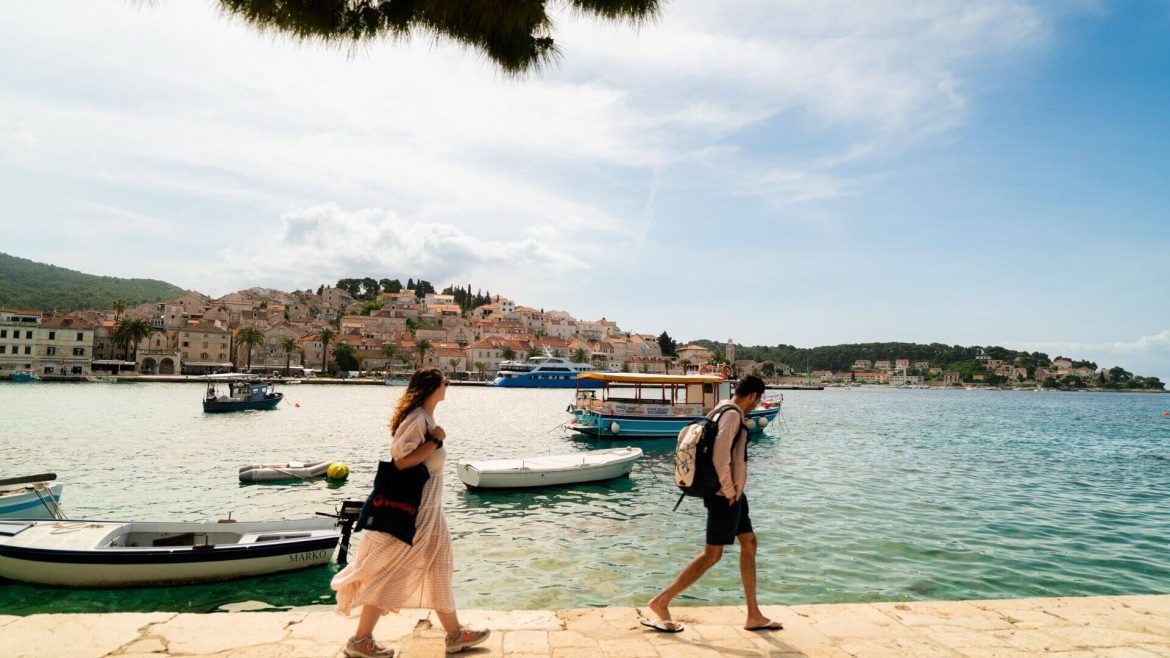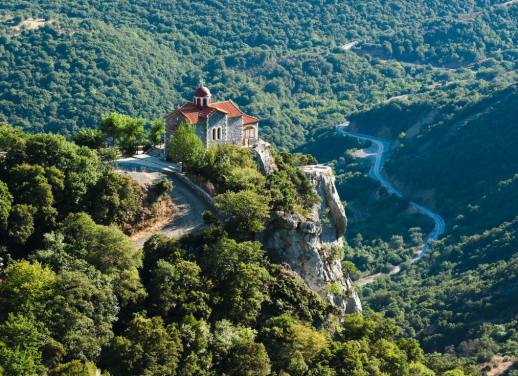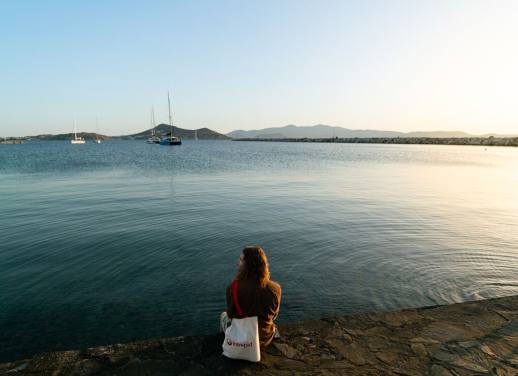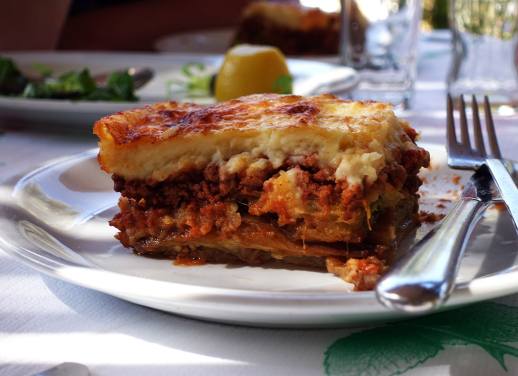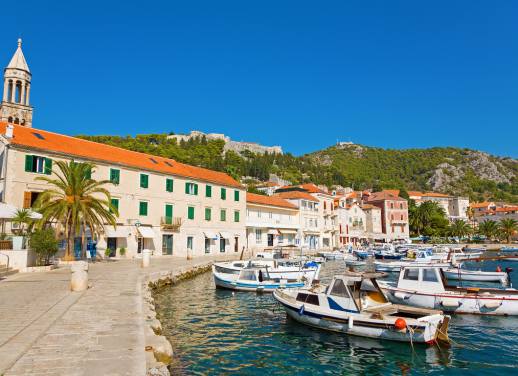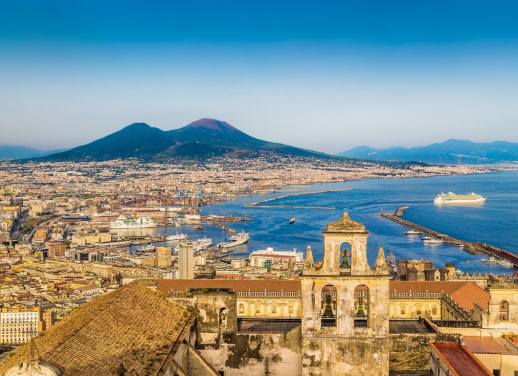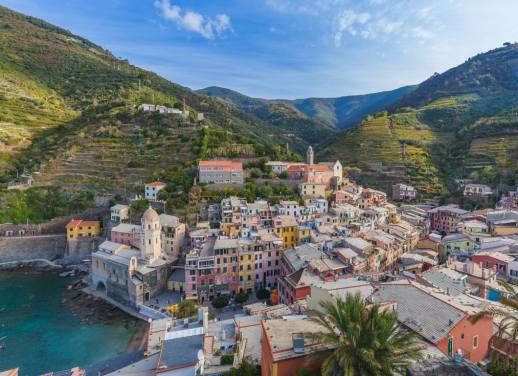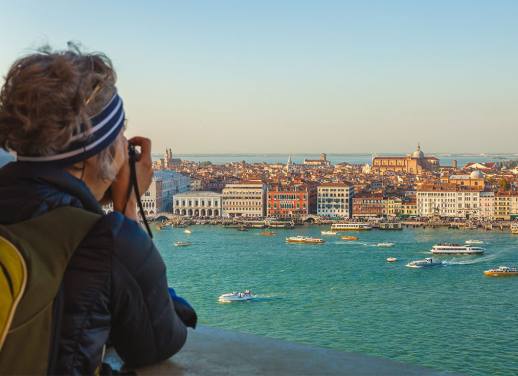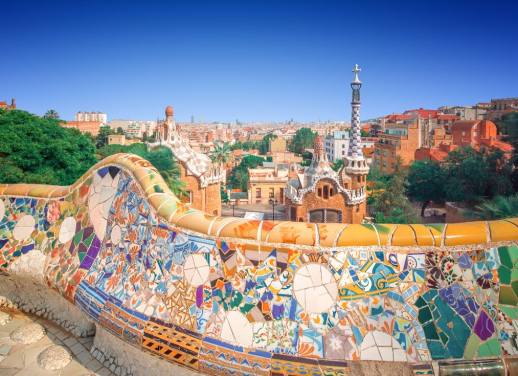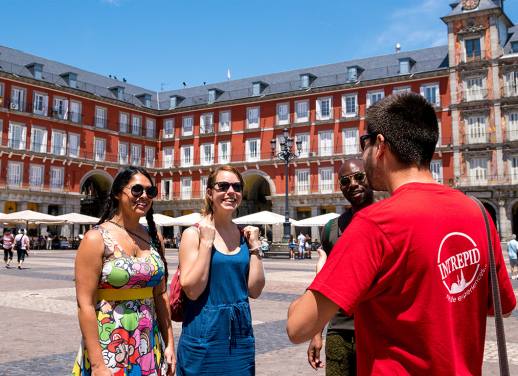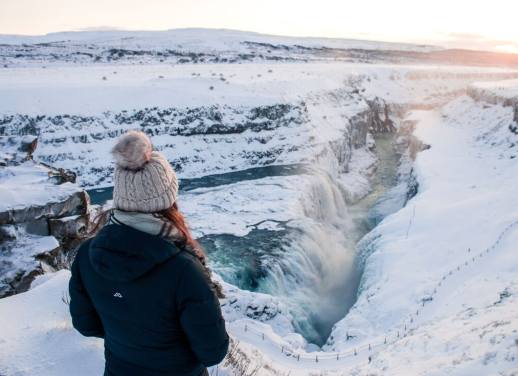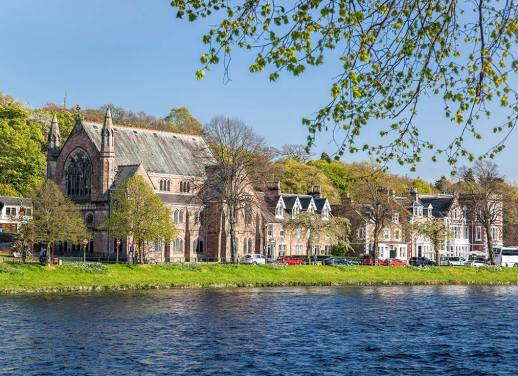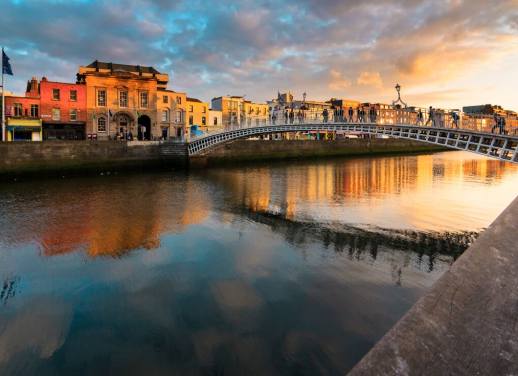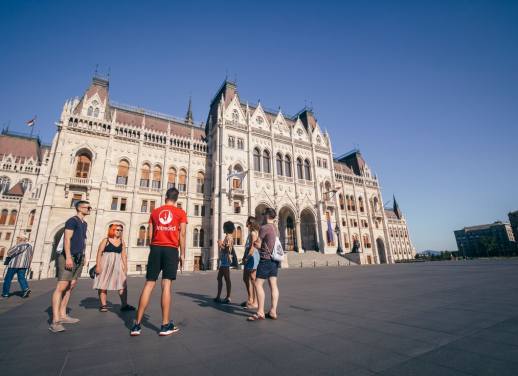It may be called the off-season, but don’t let that actually put you off.
In Europe, it’s no surprise that summer, from late May to late September, is the on-season, bringing the year’s highest temperatures and peak visitor numbers. However, this time is also when the northern hemisphere schools are on break, the cruise ships are at their capacity and the temperatures can reach scorching – not everyone’s cup of tea.
This leaves the rest of the year: October through April, with the exception of December because it can get a little busy with New Year’s and the Christmas markets, as the off-season (aka, the low season).
The months leading up to summer and occurring right after (April and October) are the shoulder months. These times are often quoted as the ideal times to visit due to lower crowds but transitional warm weather. For those who aren’t tied down to travelling at certain times of the year due to school holidays or other calendar breaks, the shoulder seasons are often the most recommended travel time.
The low season also has its perks, though – think no queuing for famous sights, good temperatures for exploring, walk-in availability at popular dining spots and getting to experience a destination as the locals do.
So, if you’ve got your eye on Europe and can opt away from the high season, here are a few destinations to choose from, some expert recommendations from Intrepid’s international team and a couple of handy things to know before you go.
Table of Contents:
Where off-season still feels like on-season
I get it; it’s easy to be tempted by a European summer. With the sprawling blue water and the lure of Aperol’s by the beach – it’s a pretty picture. But what if I told you that you could have all that and fewer people to share it with?
Europe is struggling with peak season overtourism, but the good news is that there are a few alternative months to choose from – spoiler, low crowds, sprawling sailboats and beach-side dining.
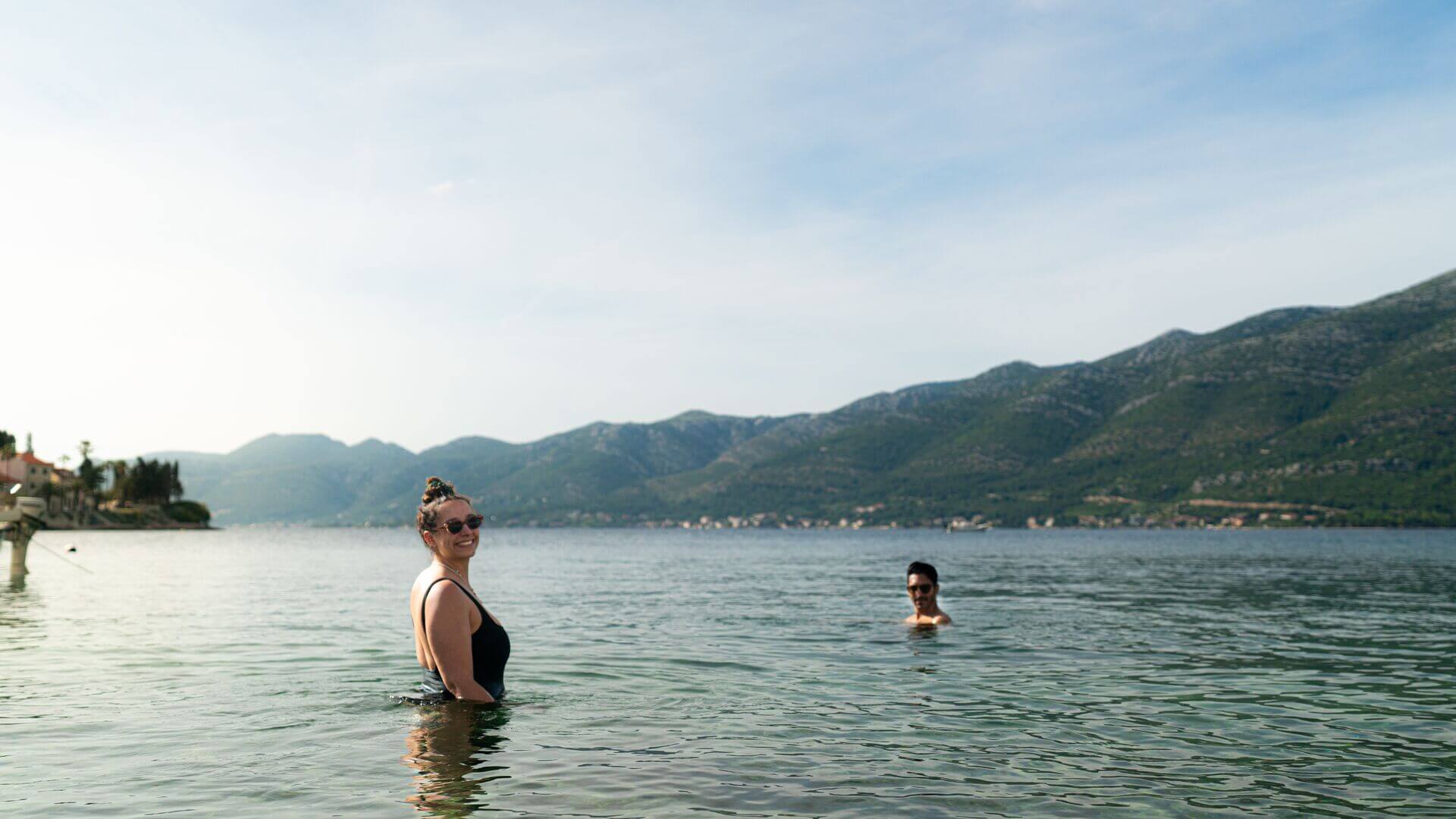
1. Greece
Why go? On land, the heat has eased but water keeps its warmth a little longer
In summer, the temperatures in Greece step into the ‘very hot’ territory, making it uncomfortable to spend long days outside exploring ruins – but people love it for swimming. Want the best of both worlds? Greece in October means the heat has left the streets but has thoroughly warmed up the waters making for great off-season sailing adventures.
And while the islands and coastal regions close their shutters around November, from here until summer is a great and, importantly, comfortable time to travel both the coasts and the interior – seafood by the beach, then a visit to Delphi, anyone?
“I sailed Intrepid’s Santorini to Mykonos trip in the last week of September to the first week of October. We had wallet-friendly accommodation both pre- and post-trip in the notoriously expensive Santorini and Mykonos Islands. There were fewer crowds, so we could eat at the waterfront tavernas as a group. The water was still blissfully warm, so we could swim every day.”
-Liz, USA
2. Croatia
Why go? Almost no cruise ships in port means you get the streets to yourself
What’s one of the biggest frustrations travellers can have with Croatia in summer? The crowds. But thankfully there are times outside summer that still feel like summer – but don’t have the summer crowds. Too much summer? I thought so.
Instead, look to October and September when the waters are still warm and the crowds and cruise ships have set sail.
Alternatively, on the other side of winter, April sees sunny skies but cooler days perfect for wandering the historic towns dotted across the country. You’ll also find residents enjoying their spaces, especially as they travel around public holiday weekends.
“I visited Croatia in April. I booked the trip to coincide with Easter and, therefore, maximise my annual leave, but as the date approached, I was very nervous about the weather! There was no need, though – the entire week was a beautiful 20+ ºCelsius. I thought Dubrovnik was pretty busy, but I discovered during a walking tour that it was nowhere near the summer capacity! Our guide told us that Dubrovnik hosts thousands more tourists during summer due to cruise ships docking.”
-Niamh, Ireland
Places that are better for sightseeing in the off-season
The best thing about the off-season? It doesn’t have summer’s infamous crowds and heat. So, if you’re looking to wander through cities or go on day trips to the great outdoors, look to book from October to April. Need more convincing? Think, walking right into the Colosseum because there are no long queues or joining a Gaudi small walking tour through Barcelona on a cool autumn day – you’re sure to thank us later.
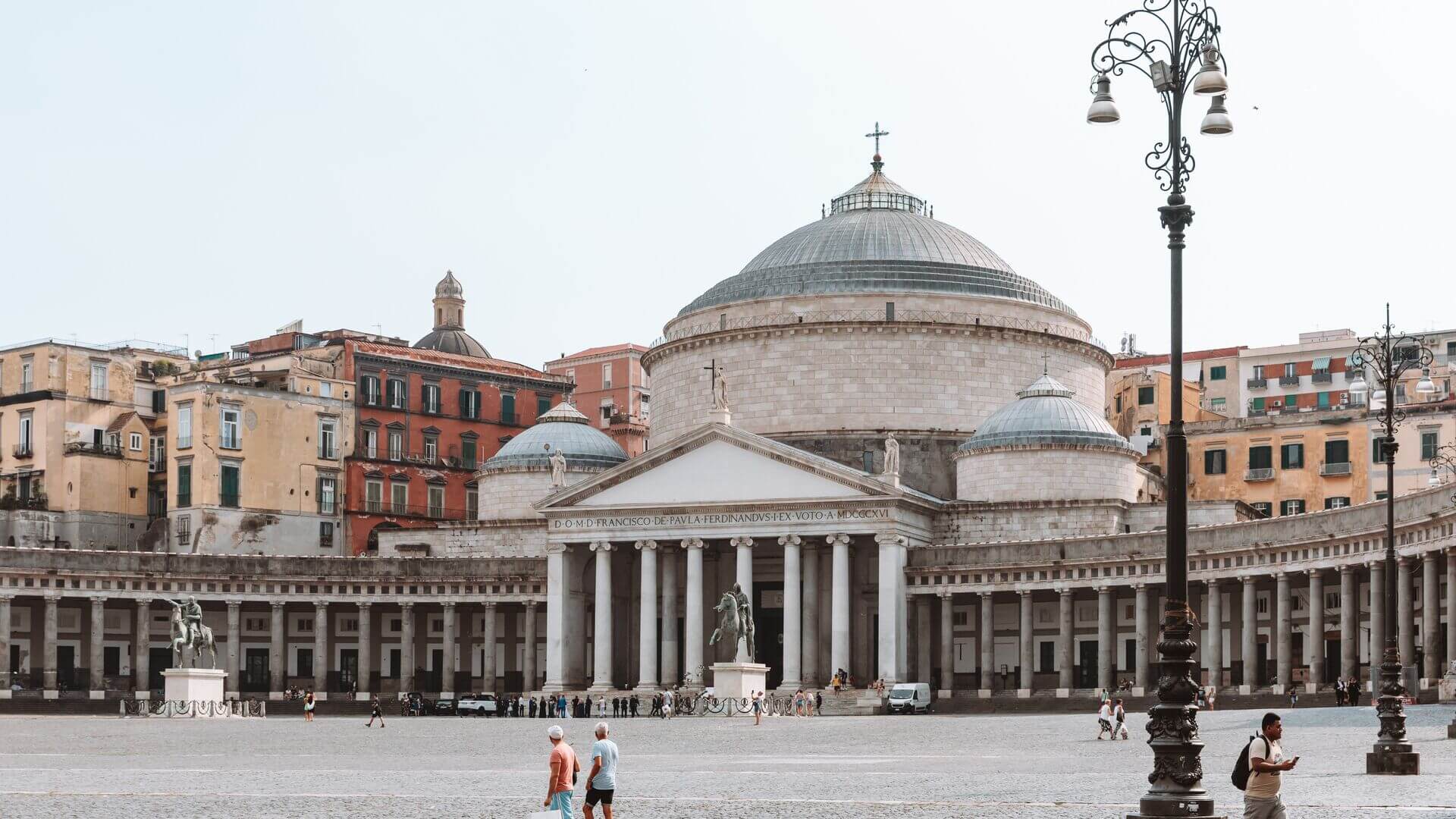
3. Italy
Why go? Feel like a local but walk right into the traveller hotspots
For a place famous for its ancient cities, medieval churches and packed metropolitan hubs, the low season might be a better time to visit. Especially when you’re planning on spending long days outdoors in places like Pompeii or the Roman Forum, which get a lot of sun and not much shade.
European local Teresa says, “I visited Pompeii in April, and it wasn’t crazy busy, so I got to see everything in my own time, no long queues, and the heat wasn’t intense – perfect!”
Even better, you’re not the only one benefitting from travelling outside the busy season as it’s great for the local economies when travellers visit in the low months, too. And that’s not exclusive to Italy.
“I visited Venice in January and couldn’t recommend it more! It was a sunny day, still warm (for winter) and we didn’t have to line up for anything! You could take all the pictures without crowds and there’s also the positive of helping to spread the benefits of tourism to the city over winter as well!”
-Emme, New Zealand
4. Spain
Why go? Feel like you have Spain to yourself
Like many European countries, Spain’s treasures are best seen on foot, so that means packing good walking shoes and picking your preferred wandering weather. If you’re thinking of a mild sunny day that’s not too hot, the shoulder season is your best bet.
October, November, March and April are best suited for days spent ducking in and out of Spain’s many museums, parks, palaces and markets before toasting to a day well spent in a local eatery over tapas and sangria. Salud to that.
“Visiting Spain in the peak time of June/July was lovely but the heat can really get to you. So much so that you’re often just wanting to find a place to cool off.”
-Sam, United Kingdom
Destinations where the off-season is just… prettier
There are places that are just best visited outside summer. From the northern lights in an Icelandic winter to Scottish valleys adorned in fiery colours during autumn and, how fitting – a Halloween trip through Romania’s Transylvania in October.

5. Iceland
Why go? Days spent exploring frozen landscapes, long evenings looking for the northern lights
From late September to late March, Iceland becomes a destination for aurora borealis hunters. The days are short, but really, that’s ideal if you’re here to gaze up at the stars in hopes of crossing this natural phenomenon off your list. Added bonus? Some of Iceland’s already impressive waterfalls freeze over winter (not a sight you’ll see every day). And when you’re ready to warm up and chill out, the many natural hot springs will welcome you with metaphorical open arms.
6. United Kingdom and Ireland
Why go? Off-season here means you don a few extra layers and carry on
The UK and Ireland may just be some of those places where spring and autumn are better for travel than summer. Think national parks like Snowdonia ablaze with bright orange, comfy evenings warming up by a fire, dining on a classic Sunday roast, shopping for knitted woollen wares in cosy villages and toasting to a day well spent over a pint of Guinness – this region definitely knows how to make the best of any weather.
What you need to know
Costs
- Europe will be cheaper in the off-season than in peak summer
Without as much demand, you’ll likely find that you don’t have to spend as much on transport and accommodation. - Spend more on your favourite things
The benefits of booking outside these times mean you can usually stretch your dollar – sorry, Euro – further.
Off-season closures
- Beach spots
Many of Europe’s summer-specific hotspots (think the Amalfi Coast or the Balearic Islands) will essentially hibernate during the months not suited for swimming. So don’t expect much from these warm-weather places in mid-winter. - Fewer opening hours
When the travellers and tour buses start to die down, some tourist sites may decrease their opening hours. But to us, that just means you’ll likely get to experience these places in the way their residents live them – a little less traveller-focused and a little more au naturel.
We’d recommend researching your must-sees sights to ensure they’re open and operating at the time you wish to visit. But this isn’t unique to the off-season, as even in peak times, sights can be closed for repairs or events. Researching is always one way to lessen the chance of a missed experience.
Best way to get around off-season closures? Opt for cities that are usually teeming with visitors in the peak season. This will mean you’re not sharing the sights and sidewalks with as many people. You might even be able to walk straight in – how’s that for a positive?
When should I book?
- Booking for an off-season Europe trip is easier
Due to the lower demand, you won’t have to plan or book as far in advance compared to visiting in the peak season - Booking for the off-season allows for those last-minute trips.
Maybe you forgot about a public holiday weekend? Lower tourist numbers mean you can make that European vacation happen a lot faster (and likely a little cheaper) than a last-minute summer getaway.
If you’re not looking to plan every day out yourself because we all know that organising transport, accommodation, activities and reservations isn’t always simple – a small group trip can be a great alternative.
Check out Intrepid’s range of Europe small group trips

